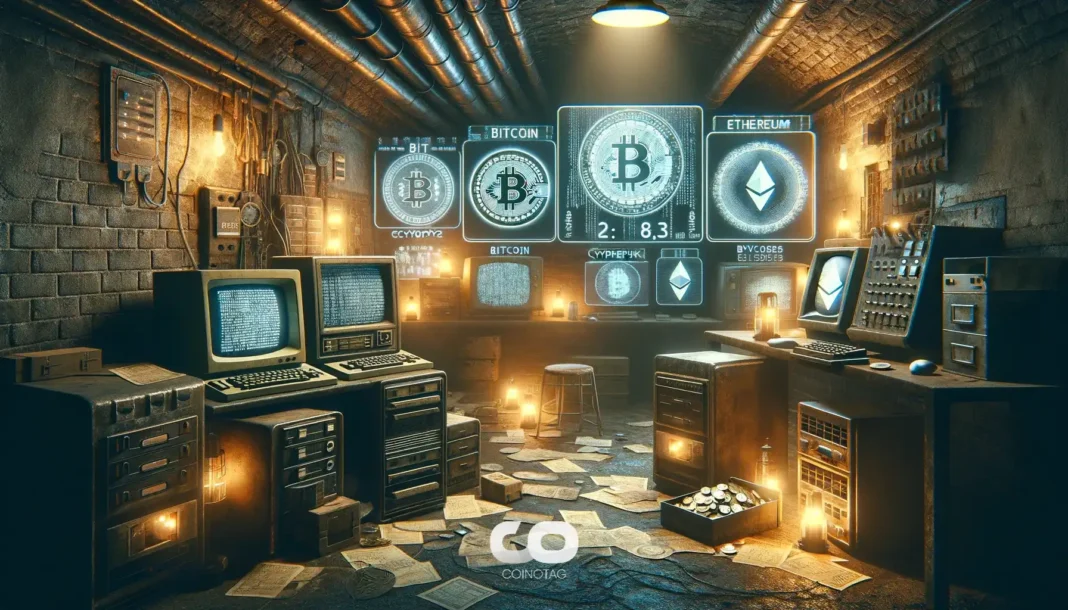-
Ethereum is taking crucial steps to combat soaring gas fees, as co-founder Vitalik Buterin proposes a strategic adjustment aimed at enhancing transaction efficiency.
-
Buterin’s suggestions could potentially lower the cost of gas fees significantly, addressing a long-standing concern for Ethereum users and developers alike.
-
“I think my ideal is deep but selective cuts,” stated Buterin, emphasizing the need for optimization in the Ethereum Virtual Machine (EVM) operations.
Ethereum’s Vitalik Buterin proposes cuts to gas fees, aiming to boost performance and maintain its position against competitors like Solana. Discover what’s at stake.
Ethereum’s Gas Fees Could Get Cheaper
One of the greatest challenges facing Ethereum has been the escalating gas fees, particularly evident during periods of high traffic. Vitalik Buterin has introduced a plan that not only targets the reduction of these fees but also aims to enhance the overall transaction speed within the network. His proposal includes a pivotal adjustment to the gas costs associated with various operations in the Ethereum Virtual Machine (EVM).
The initiative suggests lowering the gas fees for operations currently priced between 2-5 down to 1, and for those in the 6-10 range down to 2. Furthermore, Buterin proposes that the costs associated with log operations could see a reduction of almost four times their current rates. This major overhaul could effectively increase Ethereum’s Transactions Per Second (TPS) by up to 1.5 times, according to Buterin’s optimistic projections. Such enhancements could stabilize Ethereum’s position in a competitive landscape marked by platforms like Solana.
Can Ethereum Keep Up with Solana?
As Ethereum strives for innovation, it faces increasing competition from Solana, which has recently outperformed Ethereum in daily gas fee revenue. The surge in Solana’s popularity can be attributed to the rise of AI meme coins, such as Goatseus Maximus (GOAT), which have driven user engagement and network utilization. This competitive pressure compels Ethereum to act swiftly; Buterin’s proposed alterations to gas fees could be integral in regaining a competitive edge.
However, the challenge remains whether these changes will be sufficient to retain Ethereum’s supremacy in the blockchain arena. Solana’s trajectory suggests rapid advancements, and Ethereum must continuously innovate to maintain its leading market position.
Ethereum’s Price Action
Analyzing the current financial health of Ethereum, the cryptocurrency has recently been navigating through an upwards parallel channel. Despite an initial surge leading to an upward breakout, the price faced a setback, especially after being rejected at the critical level of $2,773 on October 21, which caused a drop down to around $2,454. At present, Ethereum’s trading value hovers around $2,531.
From a technical standpoint, the indicators are not currently favoring a bullish outlook for Ethereum. The Moving Average Convergence Divergence (MACD) has dipped below the signal line, signaling potential weakness in momentum. Additionally, the presence of the 100-day and 200-day moving averages above the current price presents a further hurdle for upward mobility. The Relative Strength Index (RSI) is lingering at a low of 31, hinting at oversold conditions; however, the divergence between the price action and RSI suggests a rebound might be on the horizon.
What to Expect
Vitalik Buterin’s proposal to reduce gas fees could serve as a pivotal development for Ethereum’s future, allowing the platform to enhance its performance and user experience. With the potential for lower gas fees and improved operational efficiency, Ethereum is in a position to leverage these changes to remain competitive, especially against Solana, which continues to capture user and developer interest.
On the pricing front, Ethereum may face temporary challenges, but there is a glimmer of hope for a recovery if the proposed changes take effect. As developments unfold, the crypto community will be watching closely to see how these adjustments impact Ethereum’s market position and user adoption.
Conclusion
In conclusion, the adjustments proposed by Vitalik Buterin to lower gas fees could significantly influence Ethereum’s future trajectory. As competition intensifies with platforms like Solana making substantial strides, these changes are not just beneficial; they are necessary. While Ethereum’s current price struggles to sustain momentum, potential recovery signals alongside impending adjustments could pave the way for a more robust market position. The call for innovation is clear, and Ethereum’s path forward will depend on how effectively it executes these vital enhancements.







